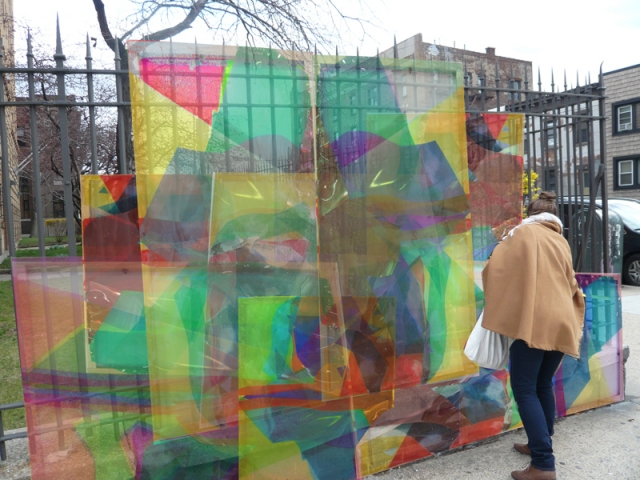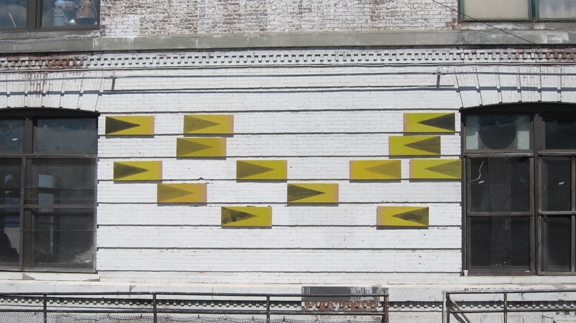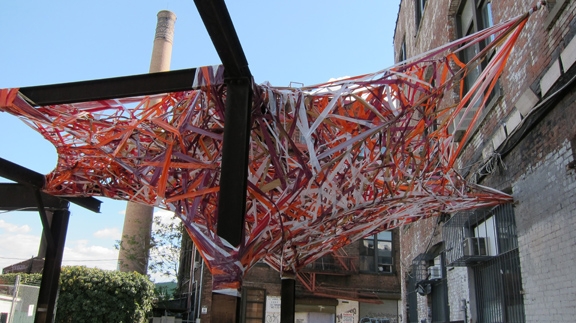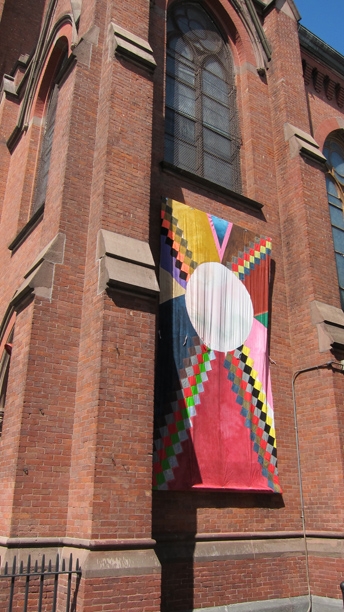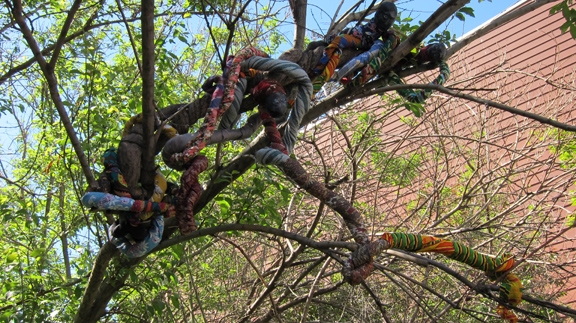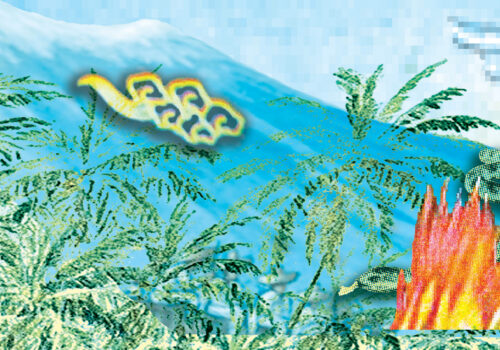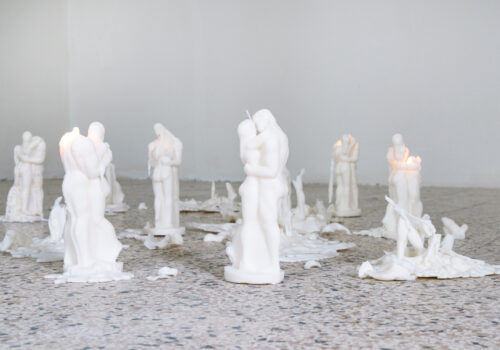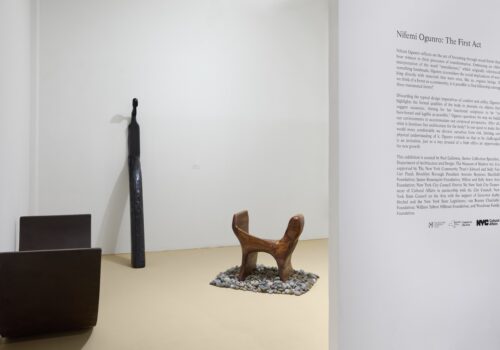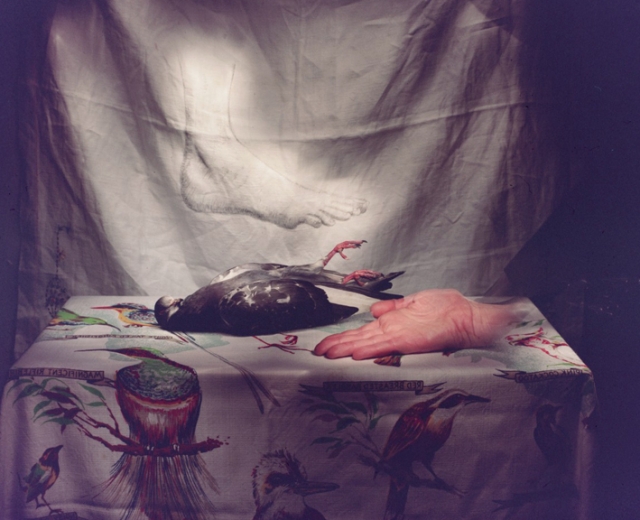ExhibitionMay 12–May 15, 2011
In back of the real
In back of the real is a seminal poem written in 1954 by Allen Ginsberg. A ‘flower of industry’ survives in the poem despite its abandonment in front of a tank factory, reflecting the effects of industry on its surrounding environment. This exhibition is situated in ISCP’s gallery and throughout its immediate vicinity of East Williamsburg, Brooklyn. ISCP’s building, a former factory, is located in an industrial area between warehouses, shops and different production sites. The neighborhood is characterized by an enigmatic relationship between its manual laborers and artist community, with an ‘invisible border’ between economic production and the artistic imaginary. The exhibition is organized by ISCP curator-in-residence Necmi Sönmez with participating artists Uri Aran, Julien Bismuth, Katie Holten, Gereon Krebber, Luisa Rabbia, Tanja Roscic, Carolyn Salas, Ana Santos and Reed Seifer.
Spaces adjacent to ISCP will become sites of artistic intervention for In back of the real namely under-recognized yet significant places, facades, street corners and small gardens. This exhibition bears witness to the extraordinary development and potential on the border of East Williamsburg and Bushwick, where the present condition is marked by extreme density and a defamiliarized population. The selected artists have been invited to respond to these conditions through newly commissioned site-specific works in order to present alternative strategies for community participation. The artists will also present related works in ISCP’s gallery.
In back of the real is the third installment in a year-long exhibition series that takes ISCP’s site of production – a historic printing factory – as the starting point to reflect on the changing nature and idea of work in society and how we define labor today. The first exhibition, Factory Makers, curated by Kari Conte, predominantly featured work by artists who address the impact of the world’s rapidly changing economies on new social and cultural realities. The following exhibition, pertaining to a profession proverbially energetic and nervous, curated by Sarah Demeuse, looked at particular considerations about the artist at work.
ISCP thanks the following contributors for their generous support: Brooklyn Arts Council, The Greenwich Collection, National Endowment for the Arts and New York City Department of Cultural Affairs.
